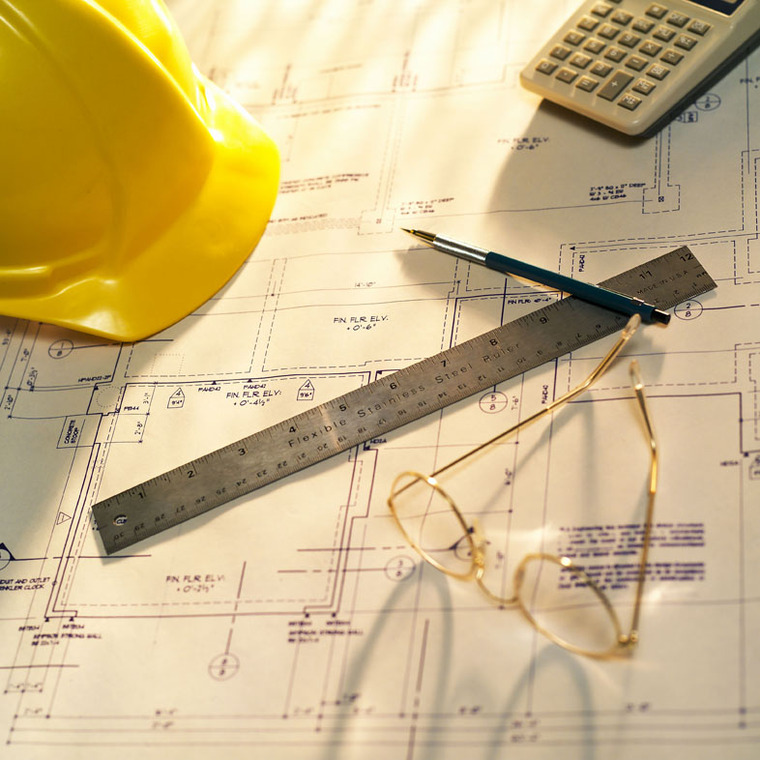Builders of new homes frequently discover new ways to differentiate their new construction from existing houses, hoping to capture the attention of potential customers by delighting and surprising them.
The more successful builders therefore develop keen skills in observing emerging social trends, incorporating features, finishes, and floor plans that fulfill the needs of new buyer groups in ways that are often clever, unexpected and relevant.
Here are several current home design innovations that provide us glimpses into ways our culture is changing:
1. Made-to-Order Homes: Many of us have grown accustomed to the convenience of shopping for—and customizing—household products online. Home builders are capitalizing on this trend, developing websites that make it easy for buyers to configure their home online. One builder has assimilated over 70 systems and manufacturer products like plumbing, electronics, HVAC, security, and more into a “core wall.” This allows the rest of the home design to be adjusted based on family needs. Warren Buffet’s recent purchase of Clayton Homes, the nations’ largest modular builder, indicates that online home ordering will be a growing trend.
2. Universal Design: Every day, 10,000 Americans turn 65. Homebuilders have found that both older and younger homeowners want “universal design,” homes that better fit the needs of people across the widest range of ability and ages. Examples of universal design: Entries without steps and showers without thresholds. Electrical outlets are now being incorporated into light switches at eye-level, permitting homeowners to more easily plug in appliances like vacuum cleaners without bending down to the floor.
3. Activated Ceilings: The current generation of first time homebuyers is the first in history who grew up looking down—an unintended consequence of the popularity of handheld mobile electronic devices. This creates strain on the eyes, neck and shoulders which can result in a variety of vision, spine, and other health issues. Designers are addressing this by incorporating more dramatic visual features into home ceilings. By giving us reason to widen our range of vision, the hope is that overall health will be improved.
4.Fast House Nation: Many of us are now adjusting to an increased rate of change—rather than accumulating stuff, we crave more diverse life experiences. So, new homes are being delivered with inexpensive opportunities for self-expression and customization. Chalkboard paint is increasingly used as a wall color, permitting artistic expression for children (of all ages). New senior housing communities are incorporating parking spaces for food trucks near the entrance, bringing fresh and varying culinary experiences to residents.
5. Big Small Houses: We are requiring less space that does more for us. In fact, the National Association of Homebuilders expects the average size of a new home in 2015 will be 2,152 square feet, a 10% drop in size from 2010. Living rooms, dining rooms, home offices, and entry foyers are all on the endangered spaces list. Private, single-purpose rooms (like master bedrooms and bathrooms) are now expected to incorporate multiple and shared uses, such as coffee bars or exercise equipment. Wi-Fi networks and mobile tablet devices have rendered dedicated dens unnecessary. Look for “great rooms” to take center stage, incorporating the functions traditionally demanded of multiple smaller rooms.
6.Waning of the Book: As more readers gravitate to space-saving e-readers like the Kindle, printed books are becoming less common. As a result, bookcases are giving way to “collector” cases for displaying personal treasures like collectibles, antiques, family heirlooms, or natural artifacts such as gems or shells.
7. Families, Extended: Home markets serving international buyers often incorporate a greater number of culturally appropriate features. More buyers today wouldn’t think of living without extended family, and expect household spaces to be more purposefully designed for shared living. As a consequence, new homes are being built with multiple master suites. What some may have characterized as a “granny flat” in the past is positioned prominently in these new floor plans, reflecting the elevated social status and esteem of elder parents. Some designs, like home builder Lennar’s “NextGen,” are “homes within homes,” complete with eat-in kitchenettes and living rooms. Primary kitchens may incorporate isolated cook areas serviced by high-powered fans, to keep food aromas out of the living spaces of the home.
 Facebook
Facebook
 X
X
 Pinterest
Pinterest
 Copy Link
Copy Link

